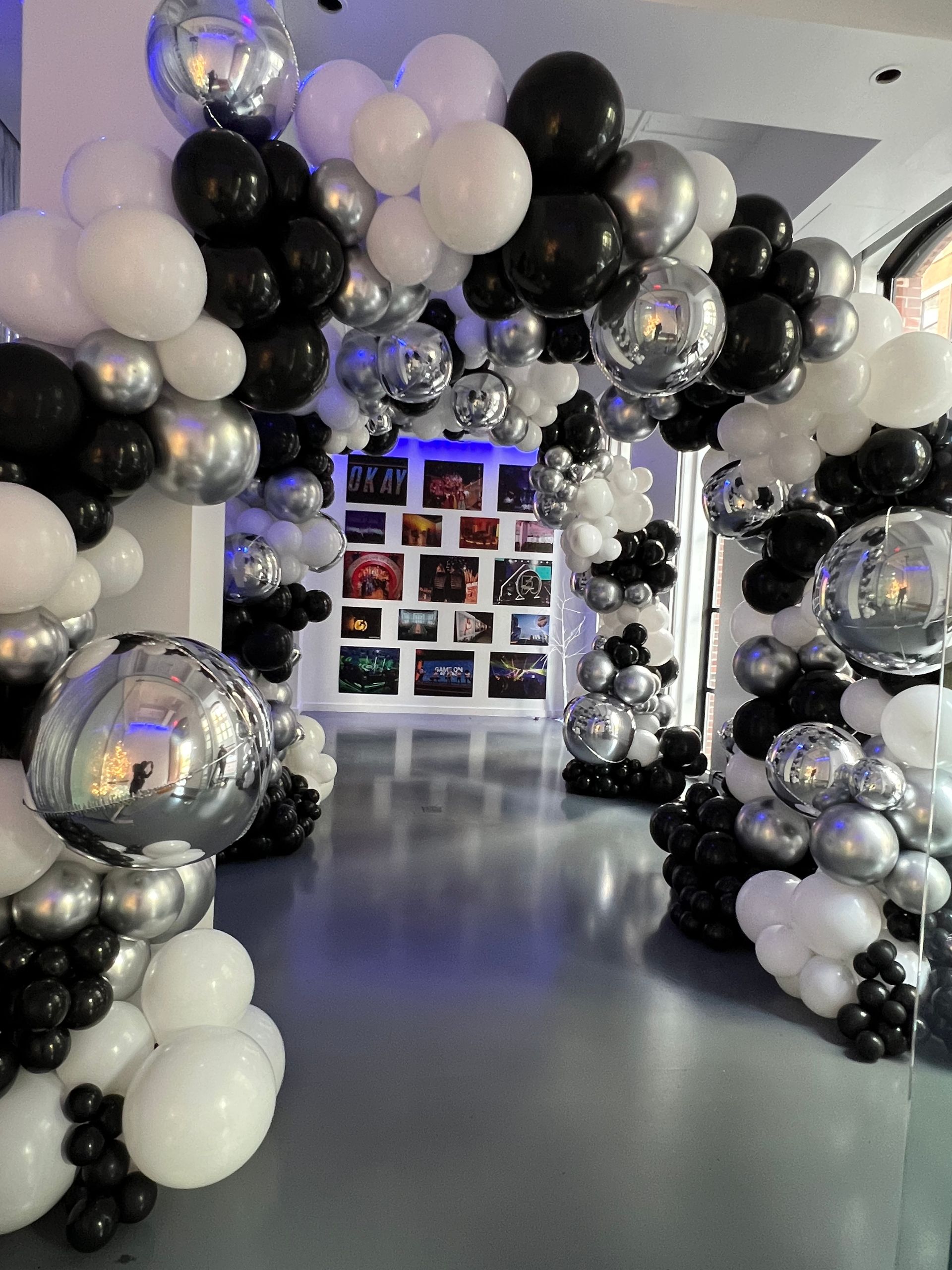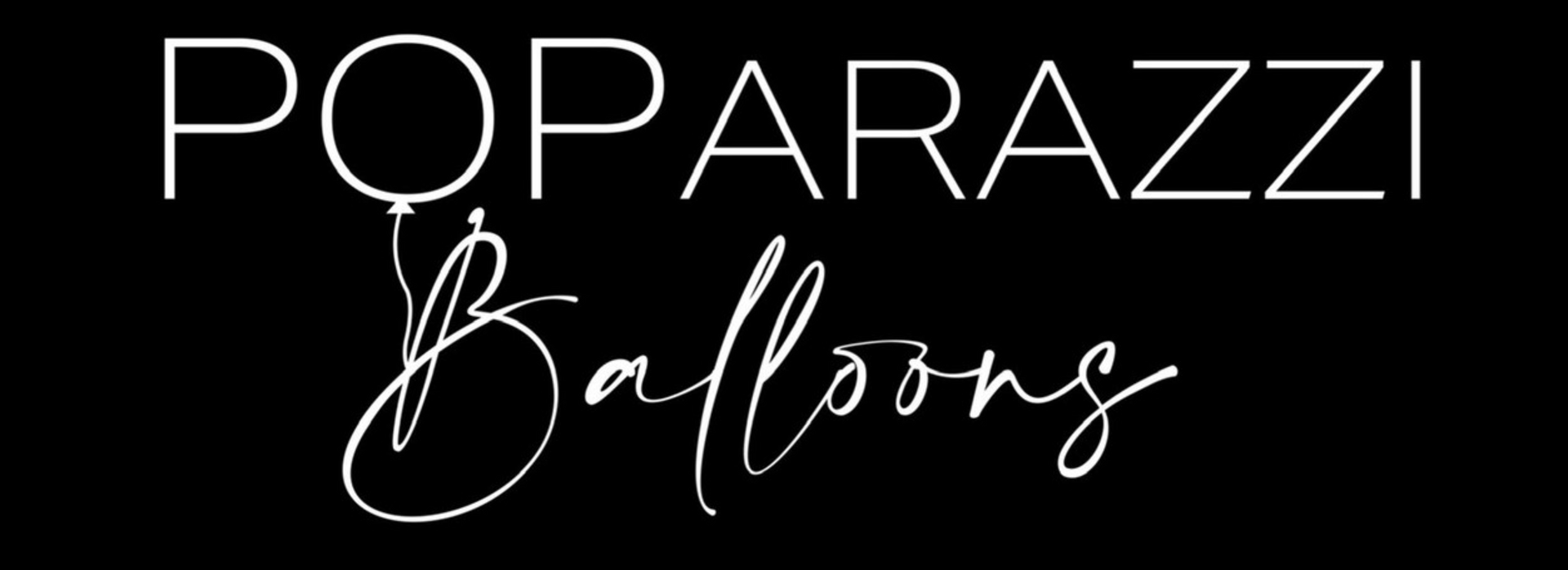7 Visual Experience Tips That Bring the 'Wow' Factor to Your Corporate Event
Corporate audiences are harder than ever to impress. Attention spans are shrinking, content calendars are crowded, and guests now compare every ballroom keynote to the immersive spectacles they see at consumer expos. In fact, 69 percent of attendees say they expect ever-more personalized, visually engaging experiences at events. The good news? You don’t need a Las Vegas-sized production budget to deliver that elusive “wow.” By layering a few smart visual techniques into your run-of-show, you can turn passive spectators into enthusiastic participants and boost every key engagement metric you track.
Below are seven proven tactics—plus practical tips on integration, budgeting, and measurement—that any Event Marketing Manager can apply to the next product launch, sales kickoff, or leadership summit.
1. Immersive LED Walls & Projection Mapping
Giant LED walls and projection-mapped surfaces turn plain stages into storytelling canvases. Think of them as dynamic backdrops that can morph from a sunrise cityscape during the opening keynote to a data-rich dashboard during a product demo. Because content is software-driven, you can align visual cues perfectly with speaker beats or music stingers, keeping eyes glued to the message.
Quick-start idea: Repurpose brand videos or animated infographics you already own. Work with your AV partner to “pixel-map” those assets onto a modular LED wall or a sculpted foam set piece for instant depth and motion.
2. Kinetic, Color-Smart Lighting Design
Lighting does far more than illuminate a podium—it guides attention, influences mood, and even improves knowledge retention. By programming moving fixtures and color shifts to match agenda moments, you can subtly cue the audience when it’s time to focus, network, or celebrate. Warm ambers can create intimacy for fireside chats, while crisp blues and whites reinforce authority during C-suite announcements.
Quick-start idea: If your venue allows, hang a few intelligent LED “wash” fixtures over the audience, then pre-program color cues in your show-file: e.g., a gentle sunrise palette for morning sessions and a bold magenta sweep to signal breaks. It costs less than you think and feels dramatically different from static uplights.
3. Instagram-Ready Photo Zones
User-generated social content is free promotion, but attendees won’t post just anywhere. Create a branded “Wow-Wall” with 3-D props, LED neon, or animated screens so guests instinctively pull out their phones. Interactive photo areas generate organic reach and real-time buzz, turning every selfie into a mini billboard for your event.
Quick-start idea: Add a short, memorable event hashtag right on the backdrop and set up a QR code that links to your Instagram filter. Sprinkle a few ring lights so every smartphone shot looks studio-quality.
4. AR/VR Micro-Activations
Extended-reality headsets aren’t just for gaming; they’re powerful storytelling tools on an expo floor. Industry reports show that VR activations boosted attendee engagement by 45 percent in 2023Gitnux. Even a 90-second headset tour can help prospects grasp complex products without the cost of shipping demos.
Quick-start idea: Use a simple cardboard viewer paired with a branded app so guests can “step inside” a data center, factory line, or future office. Keep sessions short and staff the area with brand ambassadors to manage queues and sanitize gear.
5. Real-Time Data Visualizations
People love seeing their own impact on the program. Live polls, sentiment bars, and gamified leaderboards make attendees part of the show and create talking points during coffee breaks. Event-tech platforms now let you pipe aggregate results to big screens in seconds, adding a pulse of “what’s happening right now.”
Quick-start idea: Open each general session with a single-question poll about expectations or challenges, then reference the results midway through your keynote. Closing the loop shows you’re listening and keeps participation high.
6. Surprise Ceiling & Floor Projections
Guests expect visuals at eye level—not underfoot or overhead. By extending content to unexpected surfaces, you jolt the senses and encourage exploration. A celestial galaxy above a dinner or an animated path that guides foot traffic to the next breakout can change the room’s entire feel without moving a single wall.
Quick-start idea: Rent short-throw projectors to cast motion graphics onto the venue’s ceiling tiles or a white vinyl dance floor. Tie the visuals to music tempo for added drama.
7. Sustainable Scenic Materials & Digital Backdrops
Sustainability is no longer a side note; many corporations now publish ESG metrics from their flagship events. Modular LED tiles, tension-fabric frames, and recyclable hard-panel sets let you swap graphics while re-using core hardware year after year. Bonus: lighter materials mean lower freight and labor bills.
Quick-start idea: Design a “kit of parts” scenic package—think reusable aluminum frames plus printed fabric skins—that you can re-skin for each stop on a roadshow. Combine with digital backdrops for content that updates at the touch of a keyboard.
Putting It All Together
Visual wow works best when it’s consistent. Use the same color palette and motion style in your teaser emails, onsite signage, and post-event recap video. Remember inclusivity, too: maintain high-contrast color schemes, provide real-time captioning on LED walls, and ensure AR experiences include alternative formats for visually impaired guests. Such details widen your reach and align with accessibility standards.
Measuring Success
Engagement isn’t a feeling; it’s a metric. Pair RFID or BLE-enabled badges with heat-map analytics to track dwell time at activations. Monitor live-poll participation rates, social-media impressions, and session-retention curves. Correlate those numbers with your LED-wall moments or VR activations to prove ROI and refine next year’s design. Forward-thinking event teams that embrace data see higher budgets—70 percent of marketers plan to increase event spend because they can show clear returns.
Next Steps
A memorable visual experience doesn’t have to involve pyrotechnics (though we love those, too). By weaving immersive screens, thoughtful lighting, share-worthy photo ops, and data-driven moments throughout your program, you’ll create an event that lives well beyond the closing slide.
How do I make corporate events more engaging?
Start by treating the event like a story instead of a series of slides. Craft a clear narrative arc—problem, tension, resolution—and weave that into every element, from opening visuals to closing remarks. Add sensory variety (lighting changes, curated music, short video interludes) so attention levels never plateau. Finally, invite participation early: use a live poll or simple ice-breaker question during the first ten minutes to signal that attendees aren’t just an audience—they’re co-creators of the experience.
How can I increase participation in events?
Keep it simple, fun, and visible.
Start by making it easy—use QR codes or quick-access links so attendees can join polls or activities instantly. Then, give them a reason to engage. Small rewards, shoutouts, or interactive games can go a long way.
Show results in real time—like live poll stats or a leaderboard—so people see their input matters. And get them involved early; a quick vote or icebreaker in the first few minutes sets the tone for an interactive event.
How can I make my event more interactive?
Think smaller, faster, and closer:
- Micro-activations: 60-second VR demos or AR product overlays let guests explore at their own pace.
- Table-talk prompts: Place a single provocative question on each table tent; give five minutes for discussion before the next speaker.
- Interactive surfaces: Use writable vinyl walls or digital kiosks where attendees can post ideas, vote with digital stickers, or map pain points.
- Facilitated networking games: “Problem–Solution bingo” (find someone who can solve your listed challenge) turns mingling into a mission.
What strategies can we try to increase engagement among meeting attendees?
For meetings—whether 20 people in a boardroom or 500 in hybrid format—apply the “ENGAGE” framework:
- Establish a clear goal: state up front what success looks like.
- Name roles: assign note-taker, time-keeper, and question monitor so everyone owns a piece.
- Gamify checkpoints: after each agenda block, ask a quick poll or emoji vote to keep energy up.
- Allow movement: schedule micro-breaks or standing discussions every 25–30 minutes to reset focus.
- Give voice variety: mix live speakers, short videos, and guest call-ins to avoid monotony.
- End with action: finish by having each participant type or say one next step—they’ll leave feeling invested and accountable.
Introduce even two of these ENGAGE elements and you’ll notice higher participation, better retention of information, and a measurable uptick in post-event satisfaction scores.




